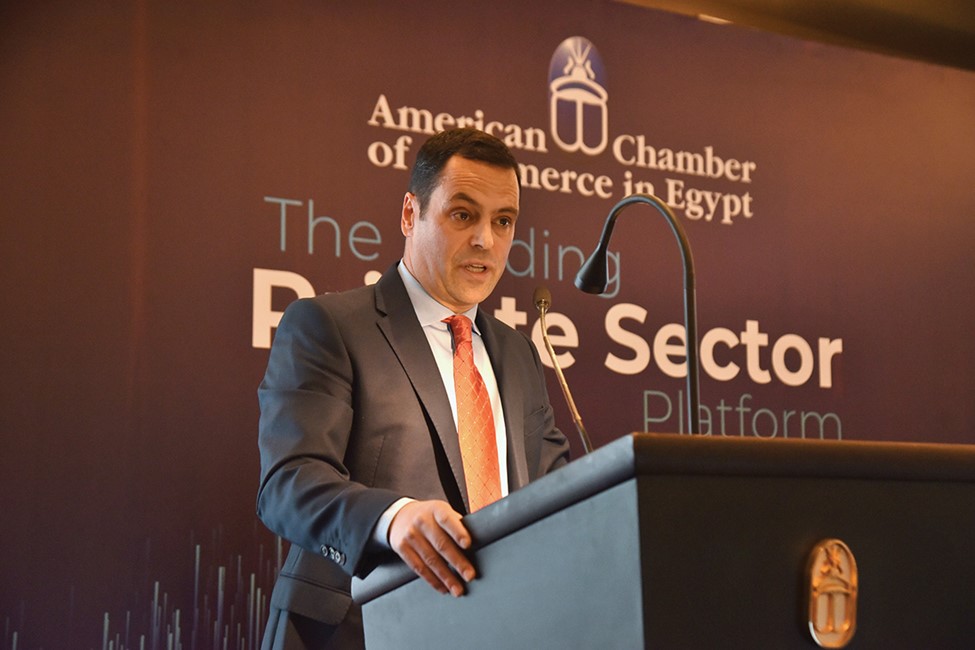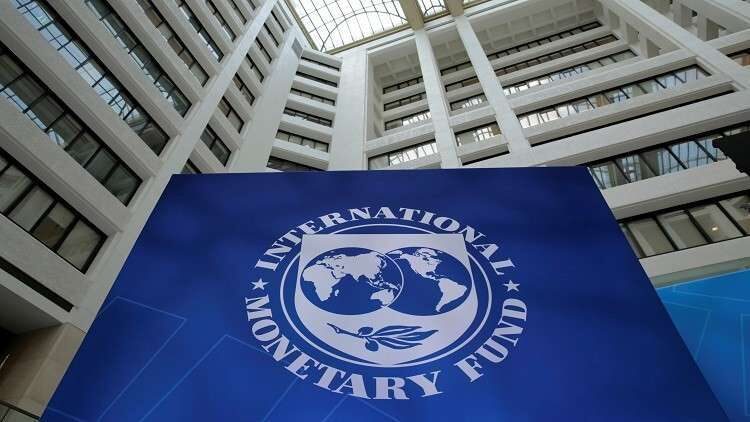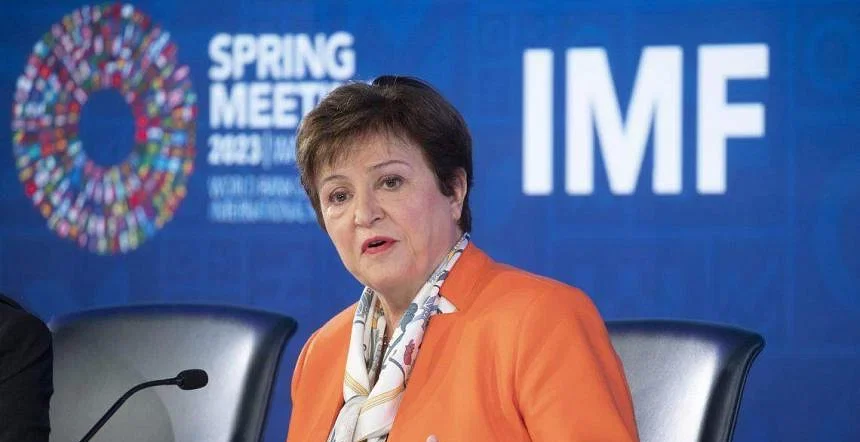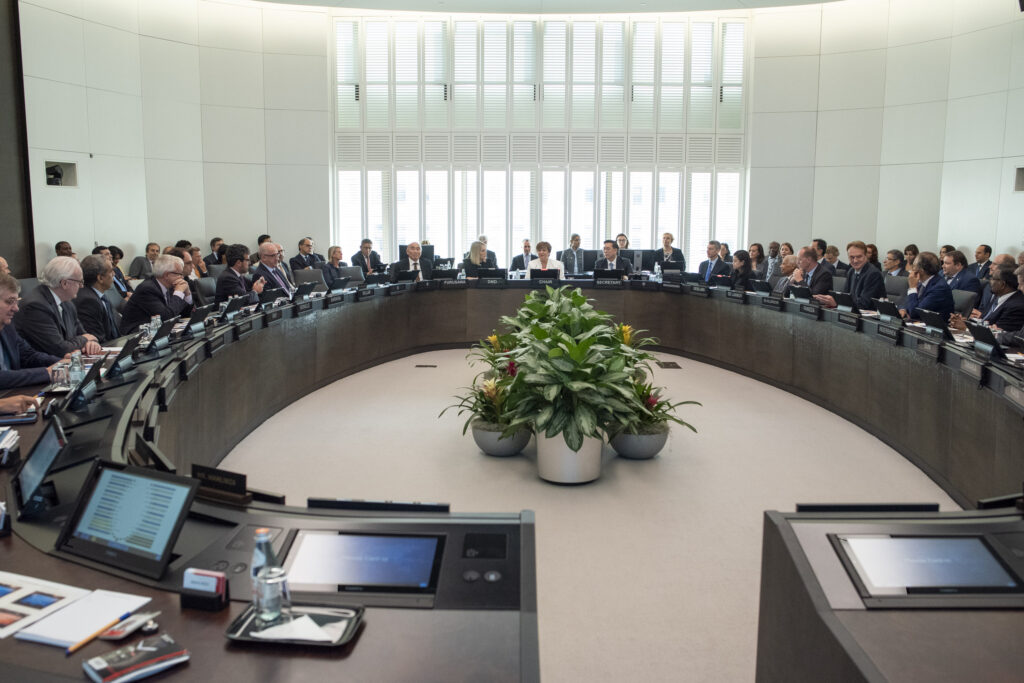Since 2016, Egypt has been almost entirely dependent on the IMF’s money to provide foreign currency and a “vote of confidence” to attract overseas direct and portfolio investments.
It started with the IMF approving a $12 billion loan after the government “developed a homegrown economic program, which will be supported by the IMF’s [money], to address longstanding challenges in the Egyptian economy,” said the November 2016 announcement. The primary conditions were liberalization of the exchange rate regime, reduction of fiscal deficits, and structural reforms.
In 2020 and 2021, Egypt got additional assistance worth $5.2 billion over 12 months with almost no restrictions to help the country recover from COVID-19 lockdowns.
The resulting “vote of confidence” enabled the government to rely heavily on attracting foreign investors to government short-term debt (T-bills) despite delaying promised policy reforms. “These inflows from portfolio investors (have been) going into the local currency market, and that has financed the current account deficit,” Renaissance Capital economist Yvonne Mhango told Reuters in March 2022.
That strategy backfired in February 2022 when Russia invaded Ukraine. Anxious foreign investors in short-term government debt pulled out $20 billion within weeks, as Egypt depends on Russia and Ukraine for wheat, oil, and tourism.
In December, Egypt secured a $3 billion extended arrangement fund, to be paid over 46 months by promising reforms similar to what was promised in 2016. To date, the government has missed the first two reviews. Each would have seen $347 million enter Egypt and a “vote of confidence” that the country is moving in the right direction.
In December, Alex Segura Ubiergo, the IMF’s Senior Representative for Egypt, told AmCham members, “We are in intense discussions with the authorities for the first and second reviews.” If the country can pass them, Ubiergo said, the IMF can move forward with modifications in response to the projected economic impact of the violence in Gaza on Egypt.
Factors at play
Calling it the “impossible trinity,” Ubiergo said governments can never simultaneously fix their foreign exchange rate, attract FDI and foreign currency and have the government or president influence central bank interest rates.
Another impossibility is separating economics from a country’s culture, politics and other social “non-measurable” factors. “Economics focuses on technical solutions, [as it] is about scientifically measurable metrics, such as inflation, debt, growth and employment,” said Ubiergo. “Politics is about power, order and other intangible factors. We can’t understand one without the other.”
For Egypt, Ubiergo highlighted four main challenges the government needs to tackle politically and economically.
The first is ongoing inflation. The problem with those persistently high rates is that “developed nations” have already overcome them while Egypt lags. “It is a serious problem in developing nations, as it distorts prices, hurts the large vulnerable [part] of society and causes economic uncertainty.”
The other big problem in Egypt is increasing sovereign debt from local and foreign lenders. “It is becoming increasingly expensive [for Egypt] to take on more,” he said. “Advanced nations are beyond that point.”
He added Egypt needs to stimulate GDP growth by attracting foreign investment (FDI and portfolio). However, economic growth requires relatively high inflation as the economy strengthens due to increasing demand and, therefore, prices. Additionally, governments could take on more debt to finance short-term capacity building to meet new demand.
That is the opposite of what needs to happen to control inflation and debt, as those factors require a “stable macroeconomic policy” with little to no inflation and national debt hikes to relieve pressure on government finances.
Accordingly, finding the right balance between economic growth and stability is essential.
Ubiergo said that in emerging markets, in particular, “every country is different, requiring customized programs” due to its unique mix of economic models and natural and human resources.
What Egypt needs to do
Ubiergo said for Egypt to pass the first and second reviews of the outstanding $3 billion extended agreement fund, the government must not focus solely on adjusting the pound’s foreign exchange rate versus the dollar.
He noted fiscal, monetary, and investor-friendly policies are “equally important” and a “prerequisite for success.” Egypt’s proposed plan to the IMF also needs to integrate social, cultural, political, and other unquantifiable factors.
The top priority of that proposal should be to achieve single-digit inflation. “Having double-digit inflation rates in any economy is not sustainable,” said Ubiergo. According to the Central Bank of Egypt (CBE), inflation rates have been in double-digit territory since early 2022, hovering above 30% since February and above 35% since June.
Ubiergo stressed the only solution for lowering inflation is boosting interest rates (tighter monetary policy). However, that would mean lower GDP growth as consumption decreases, reducing prices.
That is where investor-friendly fiscal policies and other reforms are essential to counter the drop in GDP rates by making Egypt a more attractive destination for FDI. There must also be fiscal programs to protect the most vulnerable and affected by a new policy shift,” Ubiergo said.
He noted the last part of that puzzle is inflation targeting, where central banks need to be “transparent with backup plans in case they miss their targets.”
Another IMF requirement is that the government and state-owned enterprises don’t compete with the private sector on dollar inflows. “That will never improve any country’s economy or macroeconomic indicators,” said Ubiergo. “The majority, if not all, of foreign currency inflows must go to the private sector.”
Ubiergo noted the government has several clear-cut options. The first is to reduce its own demand for dollars. The other is to decrease allocations given to the public sector and state-owned enterprises (SOE). The third is to shrink the government’s investment and manufacturing capabilities by selling SOEs to the private sector.
However, he stressed that no one size fits all, requiring the government to correctly adapt solutions suggested by the IMF to best suit Egypt.
Managing debt
CBE reported that Egypt’s national debt went from $171.68 billion in 2020 to $308.15 billion in 2023. Data aggregator Statistica forecasts that without action to curb national hikes, debt levels will double by 2027, swelling to $715.89 billion in 2028.
Ubiergo said Egypt can’t borrow from the local market anymore. “Egypt has some of the highest domestic debt levels of any emerging country,” he said. “Interest payments are hampering, what is otherwise, a prudent Minister of Treasury budget.”
Additionally, despite not being subject to foreign exchange risks, continuing to borrow from local creditors invariably means the CBE would print more currency to meet government obligations, causing further devaluation. “That would fuel further inflation,” Ubiergo said.
Enter prudent and effective fiscal policies. “It is not important for the size of the debt,” Ubiergo said. “It is important to make debt levels and their management sustainable to establish credibility with outside parties and keep investors confident in the government.”
On the flip side, Egypt has some room to take on more foreign-currency debt. “However, we must also consider that foreign currency loans could get significantly more expensive if the pound depreciates against the dollar,” he said.
He noted the government’s current policies make foreign currency debts riskier than they have to by “fixing the exchange rate in the official market” and “not adapting monetary policy … to counter shortages.”
Ubiergo said the country has two options to manage its foreign currency debt sustainably. “If Egypt wants to fix its foreign exchange rate, then it must change its monetary policy to mirror that of the U.S. “Otherwise, the government should completely float it,” and fiscal and monetary policies and effective investment policies would deal with the fallout of a depreciated currency.
Egypt in 2024
Ubiergo stressed the IMF can’t forecast Egypt’s macroeconomic metrics for 2024, given the uncertainty of the economic fallout from the war in Gaza. “We are still assessing the economic cost of the conflict … and trying to assess the amount of additional funding Egypt might need from the IMF, assuming they apply prudent fiscal and monetary policies.”
He explained they are looking at the impact on tourism, long a top source of foreign currency for Egypt; the perception and sentiment of foreign investors toward the entire region; and how they perceive Egypt’s economic fundamentals.
In the short term, Ubiergo stressed the government needs to provide an effective and sustainable incentive for locals to hold onto assets denominated in local currency. That would likely require interest rates to be near or above inflation so that converting wealth to local currency would preserve its value against inflation.
The government also needs to introduce long-term policies and strategies to get over its macroeconomic woes sustainably. “Inflation is not a month-to-month solution that you can switch on and off,” Ubiergo said. “It needs years to bring about results.”
Combating inflation with interest rate adjustments will cause “some movements in the FX rate and inflation,” said Ubiergo. “They will be temporary.” He expects the FX rate to hold between the current official rate and the EGP 50 to the dollar black market rate.
That floating — accompanied by correct fiscal, monetary and investment policies —- will not likely increase the national inflation rate beyond the levels seen in 2022 and 2023. “Many private sector companies are already pricing the dollar based on the black-market rate, as it is the only market for them to secure the dollars they need,” said Ubiergo.
He stressed the key to correctly forecasting Egypt’s economic future in 2024 and beyond will rely on “identifying what the country can and cannot do. Sometimes there is the capacity to do something, but not the political consensus.”







